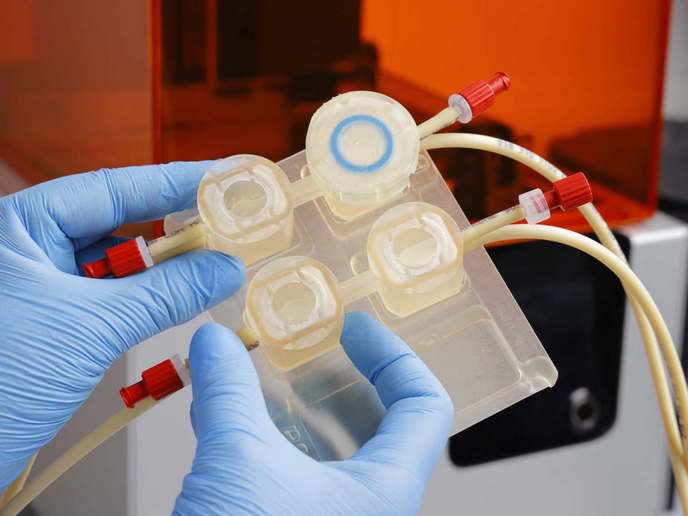Breakthrough model of breast cancer metastasis to the bone
Metastasis is the spread of cancer cells from one part of the body to another through the bloodstream or lymphatic system. It is a complex process involving a number of steps, including cell invasion, intravasation, survival in the circulation, extravasation, and colonisation of distant organs. Metastasis is a leading cause of cancer-related deaths with treatment options being limited to controlling cancer growth and spread and relieving symptoms. Breast cancer is the second most common cancer among women, with millions of cases every year. Despite breast cancer screening programmes, many cases are diagnosed late, when the cancer has spread to other parts of the body.
A clinically relevant model of breast cancer metastasis
Understanding the mechanisms of metastasis is central to developing more effective treatments. However, drug discovery efforts are hampered by the lack of models that faithfully recapitulate the phenomenon of metastasis in the human body. The main objective of the EU-funded B2B(opens in new window) project was to develop an in vitro model of breast cancer metastasis to bone, one of the most common sites of breast cancer cell colonisation. In vitro models typically rely on monolayer cell cultures or tumour spheroids and lack the 3D dynamic complexity of native organs and the in vivo environment. Animal models, on the other hand, do not recapitulate human physiology and are not clinically relevant for predicting drug response in humans. “B2B has developed a one-of-a-kind device that uses patient derived macroscale tumour tissue of clinically relevant dimensions, cultured within a self-assembled microvascular capillary network,” explains project coordinator Silvia Scaglione.
B2B device design
The device consists of a multi-chamber fluidic platform designed to reproduce in vitro the process of breast cancer metastasis to the bone as a first application. The first chamber contains the breast cancer tissue, and the second one a bone ossicle. The bone was generated from mineralised constructs and other cell types. The aim was to replicate and study the intricate cellular interactions that may be relevant to bone metastasis. The connection between the two chambers is mediated by a pump-based circulatory system consisting of a network of macro channels(opens in new window) connected to self-assembled microcapillaries within the polymer-based tissues, designed to closely mimic human blood vessels. This macrovascular system was bioprinted and covered with endothelial cells. Two independent capillary-based fluidic circuits operate: one that maintains culture medium circulation within the organoids, and one that provides the necessary dynamic connection between the breast and bone organoids.
B2B device performance
The device(opens in new window) underwent numerous rounds of testing and optimisation to achieve an advanced design with the desired performance and reduced susceptibility to contamination. The results confirmed the ability of the micro- and macrovascular connections to successfully maintain cancer cell proliferation and aggregation into clusters surrounded by vascular structures. Importantly, the B2B device spontaneously generated viable circulating tumour cells capable of forming secondary colonies. These cells were also molecularly characterised(opens in new window) and shown to migrate to the bone tissue. “We envisage the B2B device to facilitate in the near future the study of the journey of breast cancer cells from the moment they leave the primary tumour until they reach the metastatic site,” outlines Scaglione.







